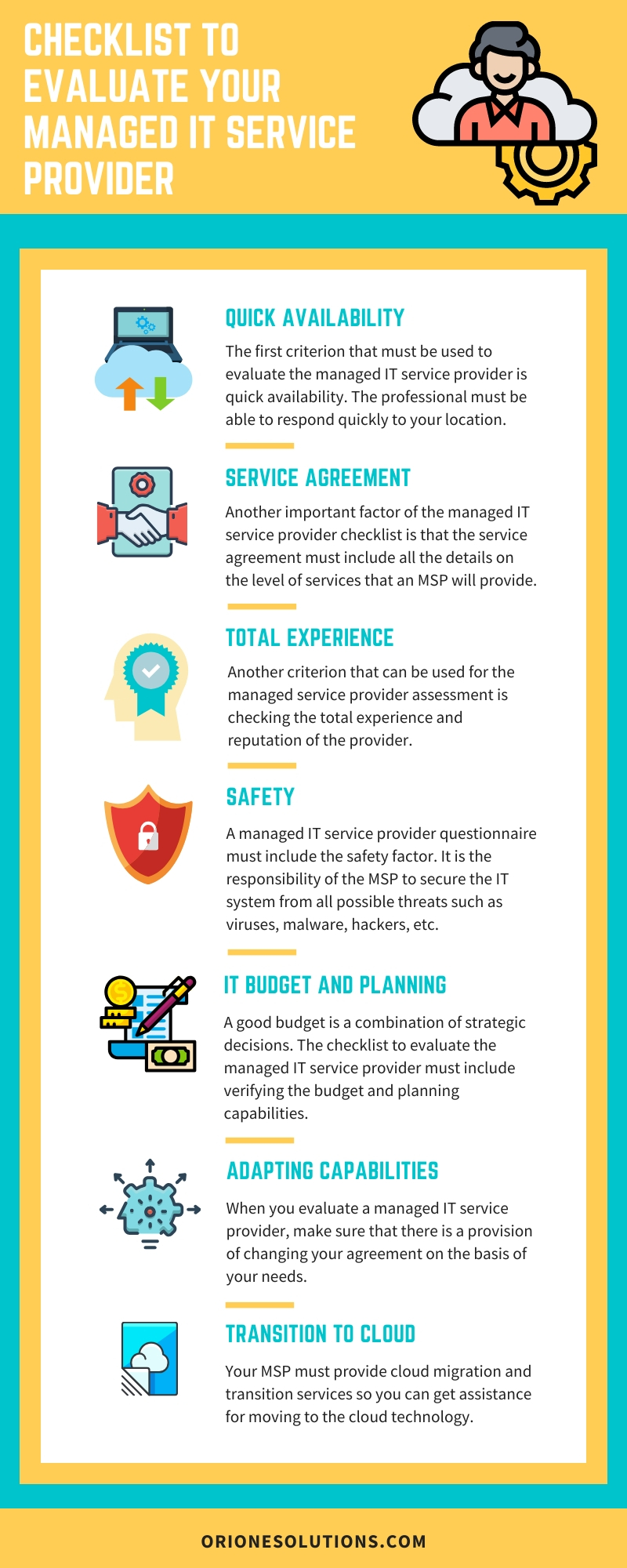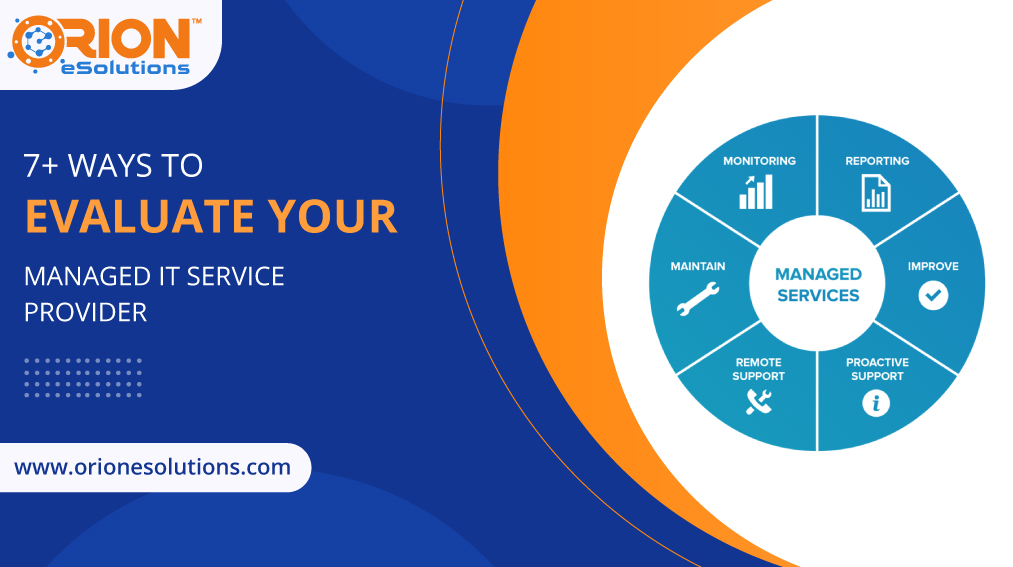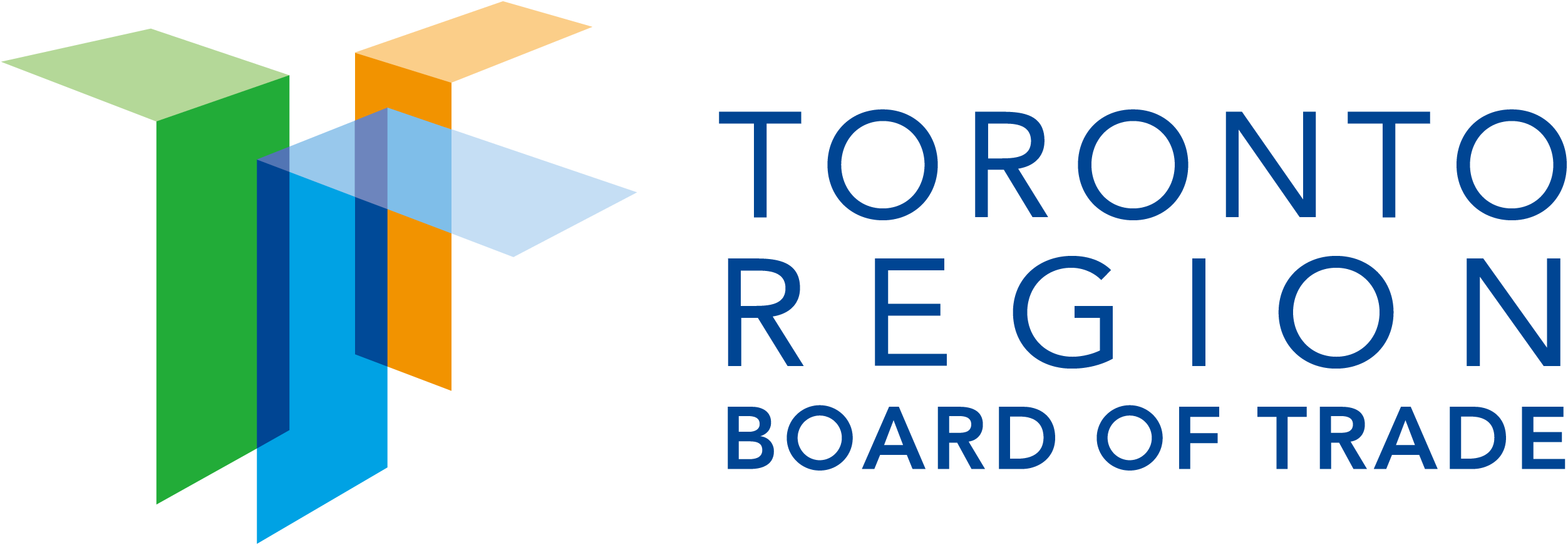Striving for improvement in all aspects is important for business development. Right from managing the finances, filing taxes, hiring, retaining, and firing practices, or evaluating a managed IT service provider, all of it is important. All small and mid-size business executives must be aware of the skills needed to carry out these tasks. While some of the processes can be managed in-house, some others must be outsourced to professionals.
A competent managed IT service provider enables the business to grow from a limited set up to an ever-evolving venture with the help of efficient technical assistance. That being said, it must be noted that all managed IT service providers will not bring a similar efficiency to the table.
A capable managed IT service provider must have the necessary experience, credentials, and expertise to efficiently safeguard and manage a network. Since the system of information technology is a key factor in business growth, it is significant that all businesses maintain a checklist to evaluate the managed IT service provider.
Given below, are seven+ ways to evaluate your managed IT service provider. Understand these ways well to know if the service provider meets all the needs.

1. QUICK AVAILABILITY
You need easy access to efficient technology all the time to run a business. The first criterion that must be used to evaluate the managed IT service provider is quick availability.
The professional must be able to respond quickly to your location. In simple terms, this means that in case an unfortunate problem occurs in your system, professional help must arrive at the earliest so that the business does not suffer.
2. SERVICE AGREEMENT
Another important factor of the managed IT service provider checklist, the service agreement must include all the details on the level of services that an MSP will provide.
Generally, this includes the service delivery process, monitoring the systems, evaluating performance standards, area of maintenance, etc.
3. TOTAL EXPERIENCE
Another criterion that can be used for the managed service provider assessment is checking the total experience and reputation of the provider. To get tangible proof of this, you can visit the website of your service provider; check the case studies, testimonials, reviews from clients, etc.
Also check the year in which the managed IT service provider was established, the technical qualifications, and previous clients. Explore as many sources as you would like but get valid information on the quality of service provided by the MSP.
4. SAFETY
A managed IT service provider questionnaire must include the safety factor. It is the responsibility of the MSP to secure the IT system from all possible threats such as viruses, malware, hackers, etc.
At the time when you inquire about the services, ensure that the MSP makes an official and documented cybersecurity plan.
5. IT BUDGET AND PLANNING
A good budget is a combination of strategic decisions. The checklist to evaluate the managed IT service provider must include verifying the budget and planning capabilities.
A competent MSP has the ability to create value in technology projects by breaking down different types of costs and controlling future expenses. In any case, you must look for a business that optimizes costs for increasing the ROI while delivering the budget.
6. ADAPTING CAPABILITIES
The needs of a small business are always on the verge of transforming. Right from rapid growth to seasonal load, most of the managed service providers face trouble in matching up to the changes of business.
When you evaluate a managed IT service provider, make sure that there is a provision of changing your agreement on the basis of your needs. A good managed IT service provider mostly works with teams of all sizes while understanding how to address the needs of small businesses.
7. TRANSITION TO CLOUD
Cloud technology is a great way to optimize cybersecurity while allowing you to reach your data comfortably. Your MSP must provide cloud migration and transition services so you can get assistance for moving to the cloud technology.
This service is all the more important in case you own an online business that moves across different locations or sites. Hence, a managed IT service provider must be scalable to efficiently adjust with the increasing demands of a business.
8. EMPLOYEE SUPPORT
Employees must be able to utilize the new age technology so that maximum benefit can be obtained. However, they are not always going to have the necessary skills and permissions. It must be ensured that the managed IT service provider can offer support with remote access so that employees can function anywhere.
CONCLUSION
Hiring a capable managed IT service provider is not a one day job. It will take time to evaluate your options. With the above-mentioned factors, you can make the entire process simple and efficient.









